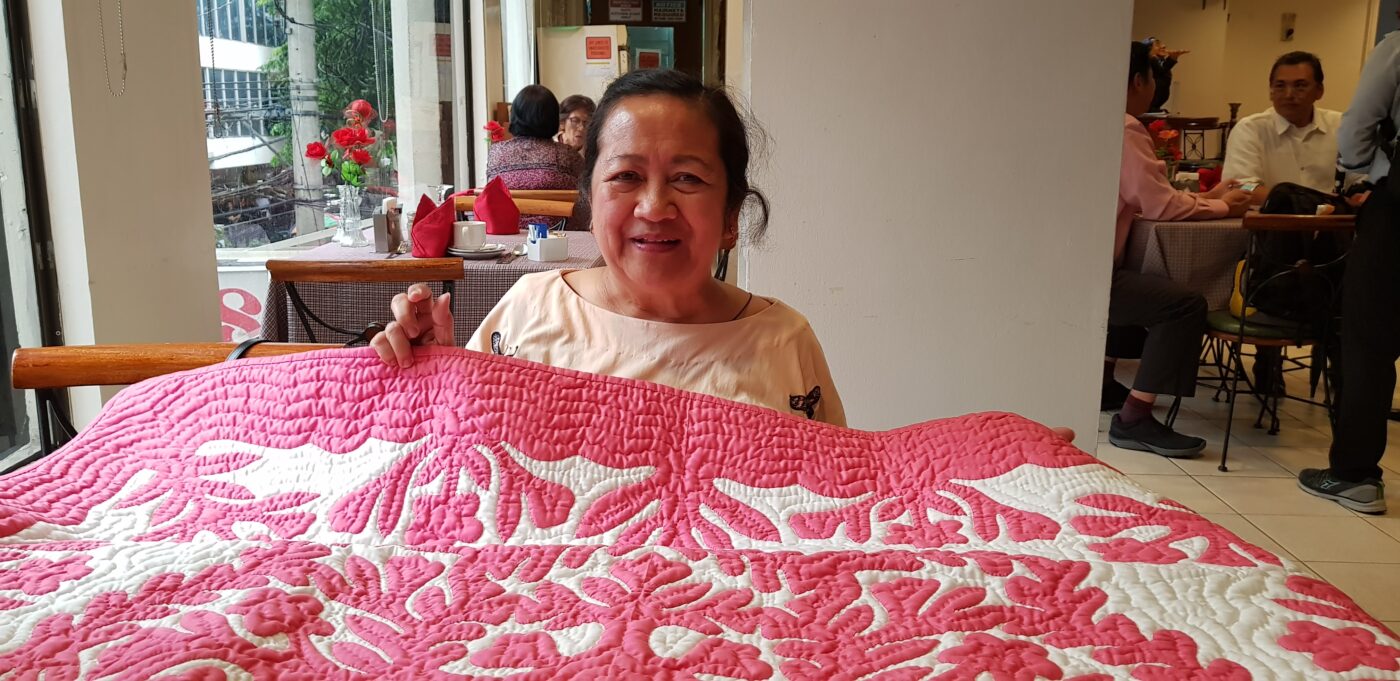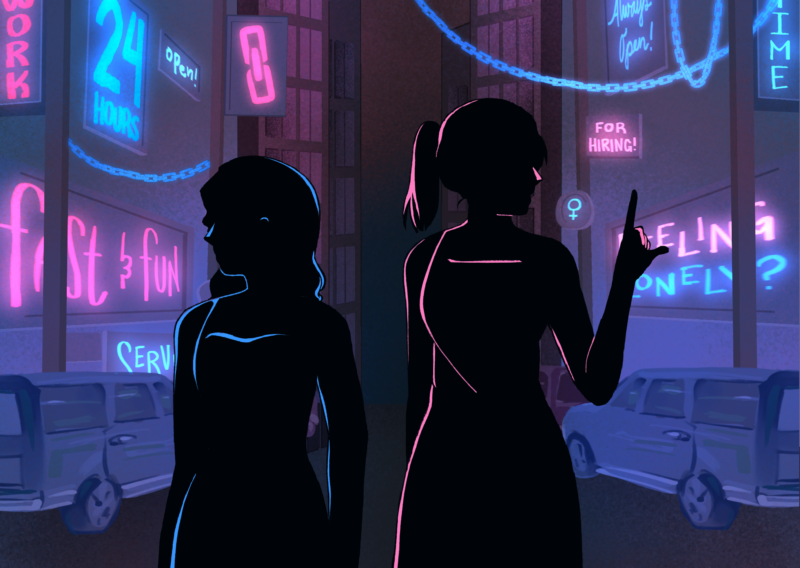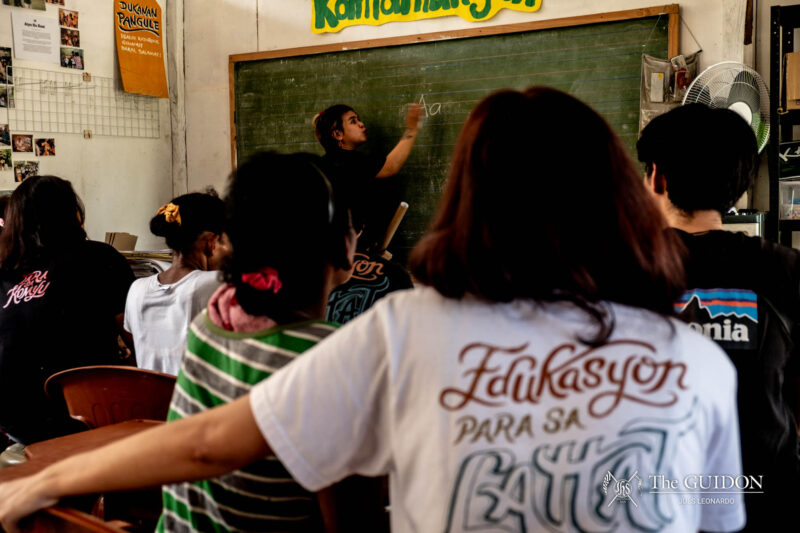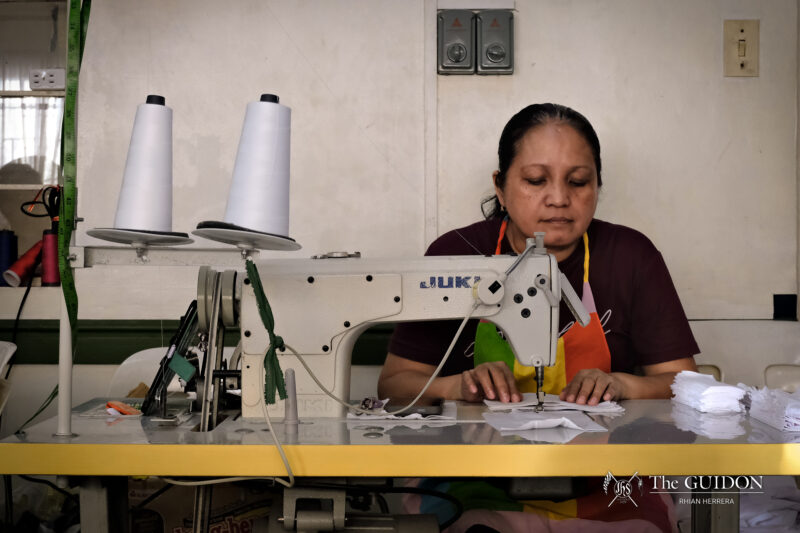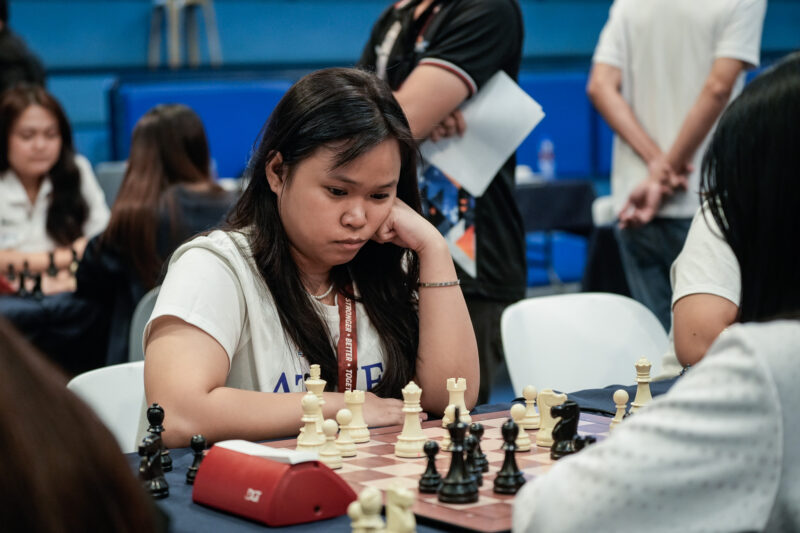After an old woman’s untimely death, her children seek out a quilter to stitch up the clothes from her closet. Tucked in the new quilt, they let their mother’s scent lull them to sleep at night.
On the other side of the country, a boy is ready to leave home and study abroad. As a parting gift to remember his boyhood, his parents gift him with a quilt created with the team jerseys he wore during his school sports fest. Specific clothes can be associated with the memories of people and quilting is one way people preserve these memories.
Quilting is a craft that involves stitching together two layers of fabric with padding in between to create a thick blanket, often with patchwork, hand applique, and embroidery.
While not a common practice in the Philippines, it is popular in Hawaii, where local Filipina Edna Rosas honed her craft and used it to start her business of sewing memories into cloth.
Life behind the quilt
It was in 1979 when Edna and her husband Romy established Rosas Quilts, a quilt shop in Angeles, Pampanga. Formerly a caterer, Edna started Rosas Quilts because of her love for quilt design and started off imitating pictures of quilts patterns; however, the copied quilts and the originals had obvious differences in technique.
After the 1991 Mt. Pinatubo eruption, the Rosas family wanted to expand their business and offered the practice of hand quilting as a means of livelihood to the victims of the calamity. Later, Edna left the country to train with authentic Hawaiian quilters and further improve her craft.
Hawaiian quilts are distinguishable by their handmade stitching and intricate floral designs. But to the Hawaiians, there’s more to quilts than just the quilter’s technique. It is in their belief that behind every quilt, there is life force that allows it to come into being.
In Hawaii, Rosas studied at her mentor’s quilt shop in a rainforest. There she was immersed in nature, surrounded by an array of flowers and plants, and the chirps and songs of birds. That was where her mentor gave her pointers on quilt making. To become a quilter, Rosas learned that one must “have a big heart” because a quilt has “life behind [it].”
Rosas’ love and passion for quilting grew after her experience in Hawaii and brought her newly learned skills back with her to Angeles. Among her Filipino customers, her memory quilts are bestsellers. A memory quilt, for the Hawaiians, is made up of torn up pieces of fabric from older pieces of cloth. These are quilted together to commemorate a particular person or life event. Often, these quilts are continued by the next generation of quilters.
In contrast, Rosas shares that Filipino clients to quilt together particular T-shirts and other pieces of clothing of a loved one that preserve the memory of a specific person or life event. Memory quilts aren’t only for dead relatives, as Rosas gets requests to create quilts for children who have grown out of their baby clothes and parents who wish to have them as keepsakes.
One of Rosas’ clients ordered a quilt solely out of their newborn baby’s clothes. Another had her stitch up the high school triathlon shirts of their son. Rosas looks to the lives of her customers as inspiration for the design of her quilts. Their stories allow her arrangements to unfold as she innovates the clothes into new creations.
Threads of culture
Since its inception, Rosas Quilts has gained quite an international audience, getting orders from Japan, Hawaii, and Guam, among others. Moreover, their products have expanded to quilted pillows, decorative hanging displays, and bags.
With their popularity abroad comes the question of how the quilting business does in the local context, where Rosas shares two obstacles in popularizing quilts among Filipinos: weather and price. According to Rosas, the harsh heat in the Philippines doesn’t call for thick blankets. Filipinos traditionally prefer airy blankets or woven mats, made by resources locally available, to keep them comfortable.
Economically, these quilts are considered luxury items, costing thousands of pesos. Rosas explains that this is due to the technique, skill, and time required of it. Real Hawaiian quilts are made of kapa moe, fabric from the fibers of local trees.
Their stitching needs to be so precise that one mistake would mean having to the entire quilt again. As Rosas says, it’s “to respect the quilt,” going back to the belief of a spirit in the quilt. A memory quilt can take up a month to finish, and a queen-size memory quilt normally starts around Php 10,000, yet still cheaper than a quilt from Hawaii, which ranges from USD 7,000 to USD 13,000, according to Rosas.
But that doesn’t mean quilting can’t be distinctly Filipino. For Rosas, the quilter’s culture inspires the quilt. Rosas says, “You share ideas. Walang agawan (There’s no fighting).” She incorporates Filipino elements into her quilts, such as carabaos and other traditional Filipino motifs, similar to how the Hawaiian’s take inspiration from their own surroundings. These are especially popular with foreigners who wish to remember a trip to country.
It’s also important to pay tribute to the original traditions of the spirits’ guiding patchwork. In the United States, Rosas observes that the industry has become commercialized with the use of machines. While her memory quilts are customized, Rosas says that she can’t separate the Hawaiian traditions of quilt making from her quilting, even going back to Hawaii every two years to learn more.
Remember me
Another reason quilting can be very Filipino is that it taps into the Filipino value of being makapamilya, or family-oriented. Rosas’ memory quilts clients are proof of the tight knit in Filipino families.
She’s had people ask to add fabrics from wedding gowns and baby blankets. Some have asked for quilts that use clothes leading up to their graduation from college. Rosas says she she gets to share in the experience of her clients through the stories they tell of their loved ones. She feels the proudness of the parents looking at the sports achievements of their children. She feels the sadness of the couple that lost their baby.
Rosas once had a client in Guam whose daughter was sick with cancer. From day one of her illness, the mother collected clothes of her daughter, and after she died the mother came to Rosas to create a quilt that she could hug every night to remember her daughter.
“Makikita mo ‘yung memories,” she says. “Iba yung feeling na paggawa mo tapos matutuwa yung [client]… At tapos makikita mo ‘yung [yumao] sa memory quilt.”
(You can see their memories. It’s a different feeling when you’ve made a quilt and your client is happy with it… And you get to see the person who died in the memory quilt.)
Quilting may not be a popular craft in the Philippines because there are more practical alternatives for comfort, but Rosas’ memory quilts offer an element of emotional solace that other blankets cannot provide. This incorporation of family memories to a Hawaiian tradition, coupled with her use of native design motifs, make her creations uniquely Filipino.

